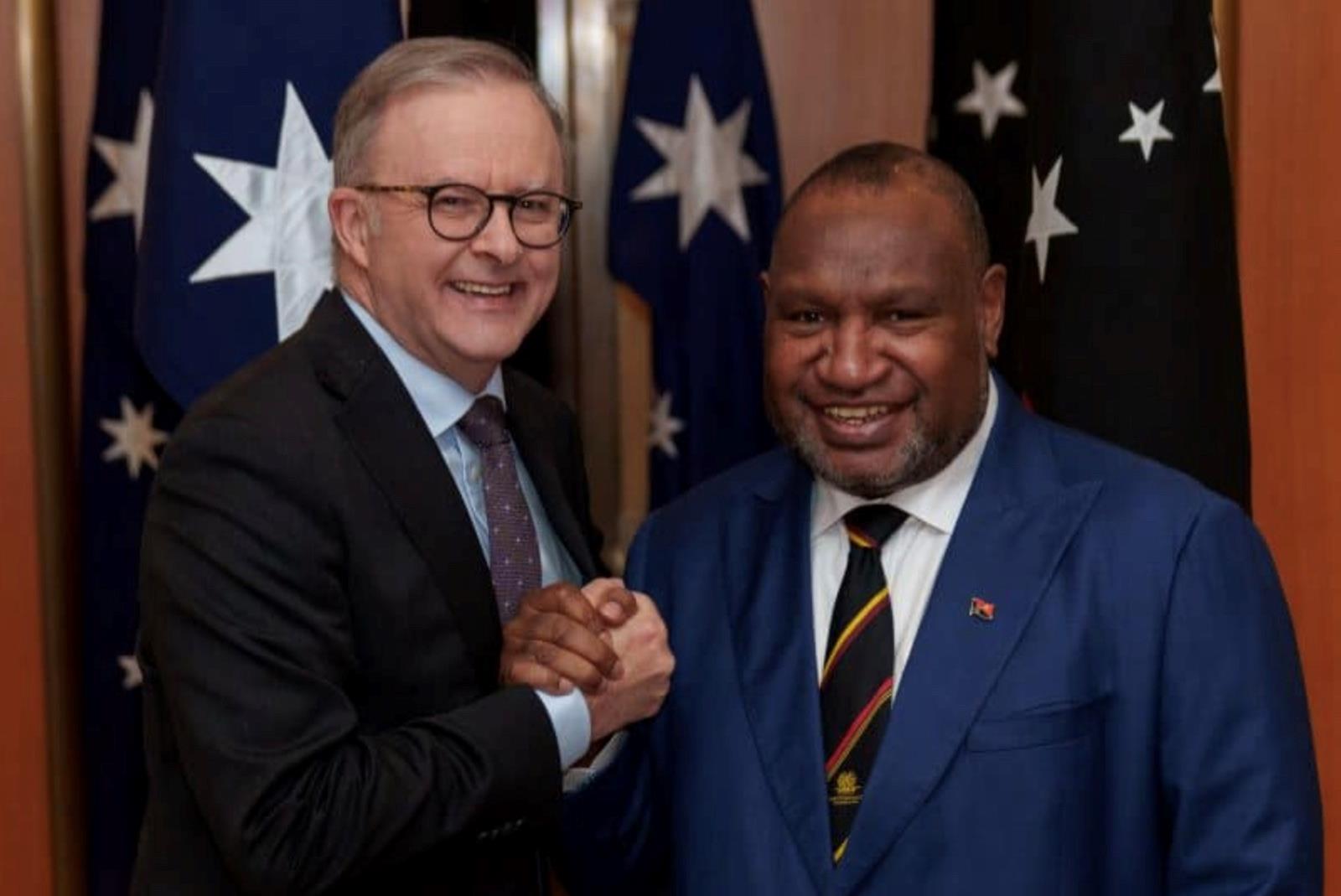Latest stories

China's money can't pull PNG from Australia

Listen to the popes on neoliberalism and the Global South

TikTok ban won't solve foreign influence, data privacy problems The second part of the strategy envisages the RAN acquiring three of their own Virginia-class SSNs manufactured in the US. The first two are likely to be previously used submarines with the possibility of the third being delivered straight from the US production line-not surprisingly, there is some speculation as to whether this is achievable due to sheer capacity issues; the US has challenge enough producing sufficient submarines for itself.
Clearly, the strategy is the result of considerable work between the three nations and is far more than just an aspiration, but make no mistake, the effort required to deliver it is – and will be – considerable.
The final piece of the strategy, in the early 2040s, is the acquisition of SSN AUKUS by the RAN. SSN AUKUS will be“based on the UK's next-generation design that incorporates technology from all three nations, including cutting-edge US submarine technologies. SSN-AUKUS will be the future attack submarine for both Australia and the UK.”
They should be magnificent machines.
So what? One must start somewhere – the cliché of“every journey starts with a single step” absolutely applies. RAN personnel are already completing training courses in the UK and in the US but there is a very great distance to go.
All experienced Australian personnel at all levels can benefit them, and there will only be so much that they can“buy in” from UK and US personnel; this will not be a simple undertaking.
While it could be argued that, having started operations with a US-designed-and-built SSN, the path should be continued; this approach would not be practicable nor frankly optimal.
All three nations have a history of operating and training together-yes, the capabilities inherent in an SSN are far greater than those fielded by an SSK, but the basics of submarine warfare have not changed, nor the innate ability and strategic culture of the personnel.
Operating a steam propulsion system is similarly far less of a challenge than some would have us all believe; it really is all about nuclear.
Nuclear is a challenge – but not one of pushing buttons and watching dials – it is one of understanding, experience and cool logic. It is understanding and treating risk, thorough training, supervision and the development and appreciation of rigorous procedures and the laws of operating parameters.
The development of such skills, vital to this program, will best be served not by following a single instructor but by gaining as much knowledge as possible from multiple sources so that independent expertise can be grown. Only in such a way can a third nation truly become a peer operator and maintain its operational and political independence.
It is fortuitous for Australia (and not very surprising) that the UK and US have similar design and technology philosophies but the path upon which these three nations have embarked will be long and arduous, and not cheap. The prize at the end of the road is clearly deemed to be enormously valuable.
The greatest challenge, however, is not one of training, growing expertise or even cadres of operators, it is the development and sustaining of industrial capacity (and infrastructure), performance, time and cost to build and maintain these magnificent machines.
Defense industry engagement from all three countries will need to be bold and hugely collaborative, facing down intellectual property (IP) issues from the earliest possible junction to put them aside and enable the program.
It is most reassuring that we already see efforts to overcome such things as ITAR regulations and the establishment of new government regulations
to break down barriers to create a shared industrial base across AUKUS nations.
This will need to be matched with new ways of working in a truly collaborative fashion across government and industry; no one should underestimate the decision-making, cost and commitment involved.

Sign up for one of our free newsletters The Daily ReportStart your day right with Asia Times' top stories AT Weekly ReportA weekly roundup of Asia Times' most-read stories
Conclusion Pillar 1 of AUKUS is a massive undertaking by Australia and the United Kingdom with significant support from the United States.
The timelines are such that there are detractors who say it will never happen but this, we would suggest, assumes there are not the necessary developments in industrial capacity and business performance required.
This article has articulated how the program can be delivered over the next few decades and why it is deemed the“optimal pathway.”
The greatest challenge for this huge undertaking is the development of the requisite industrial capacity that needs to have already started.
This will require true collaboration across the three nations and among all industry partners along with the requisite new ways of working to deliver decisions at the speed of relevance; the time to accelerate, develop and invest is now, for the awaiting prize is immense.
Rory Copinger-Symes is a retired Royal Marines Brigadier who spent his last four years in uniform on exchange at US Indo-Pacific Command. He now has a variety of roles, including columnist for AUKUS Forum News, a Senior Advisor for Bondi Partners and Senior Advisor to SecureCloud+, among other things.
Piers Moore is Technical Director at RB Safety Consultants and a former Royal Navy Commander who was responsible for setting the capability requirements for the Astute Class submarines replacement, which has become SSN AUKUS.
Republished with the permission of PacNet. Read the original here .
Already have an account?Sign in Sign up here to comment on Asia Times stories OR Thank you for registering!
An account was already registered with this email. Please check your inbox for an authentication link.